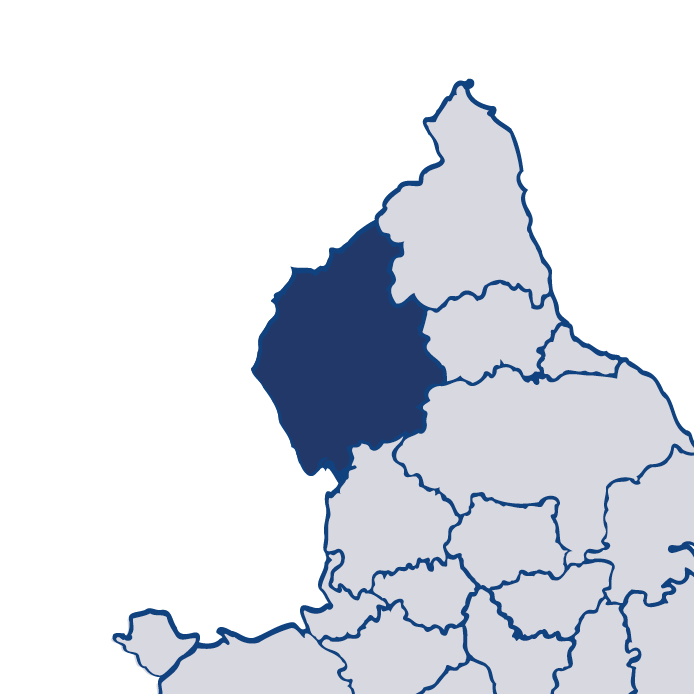Cumbria 2017
Read more about CumbriaThis is HMICFRS’ fourth PEEL (police effectiveness, efficiency and legitimacy) assessment of Cumbria Constabulary. PEEL is designed to give the public information about how their local police force is performing in several important areas, in a way that is comparable both across England and Wales, and year on year. The assessment is updated throughout the year with our inspection findings and reports.
The extent to which the constabulary is effective at keeping people safe and reducing crime is good.
The extent to which the constabulary is efficient at keeping people safe and reducing crime is good.
The extent to which the constabulary is legitimate at keeping people safe and reducing crime is good.
HMI's observations
Read my assessment of Cumbria Constabulary below.
I am very pleased with the performance of Cumbria Constabulary in keeping people safe and reducing crime. I am reassured to see that since 2016 it has made changes to ensure it provides an effective service, particularly in relation to how it protects vulnerable people and supports victims.
The force continues to be effective at investigating crime and tackling serious and organised crime, and it has also begun to implement the recommendations from our 2016 child protection inspection.
The force has improved its understanding of the current and likely future demands for its services, has realistic financial plans in place, and makes good use of its resources.
It treats both the public and its own workforce with fairness and respect, and ensures that its officers and staff behave ethically and lawfully.
I commend Cumbria Constabulary on the substantial progress it has made over the past year, and look forward to seeing it sustain its efforts in the year ahead.
Effectiveness
How effective is the force at keeping people safe and reducing crime?
Efficiency
How efficient is the force at keeping people safe and reducing crime?
Legitimacy
How legitimate is the force at keeping people safe and reducing crime?
Other inspections
How well has the force performed in our other inspections?
In addition to the three core PEEL pillars, HMICFRS carries out inspections of a wide range of policing activity throughout the year. Some of these are conducted alongside the PEEL inspections; others are joint inspections.
Findings from these inspections are published separately to the main PEEL reports, but are taken into account when producing the rounded assessment of each force's performance.






